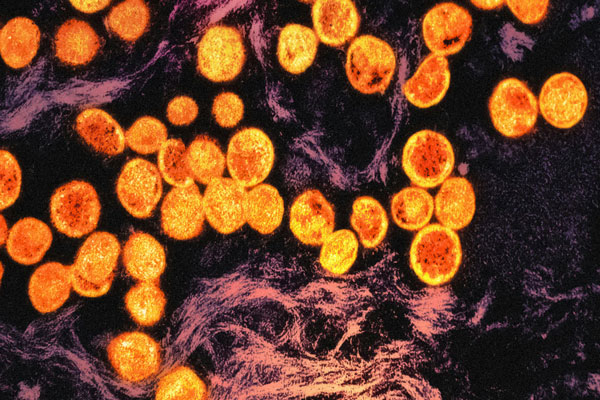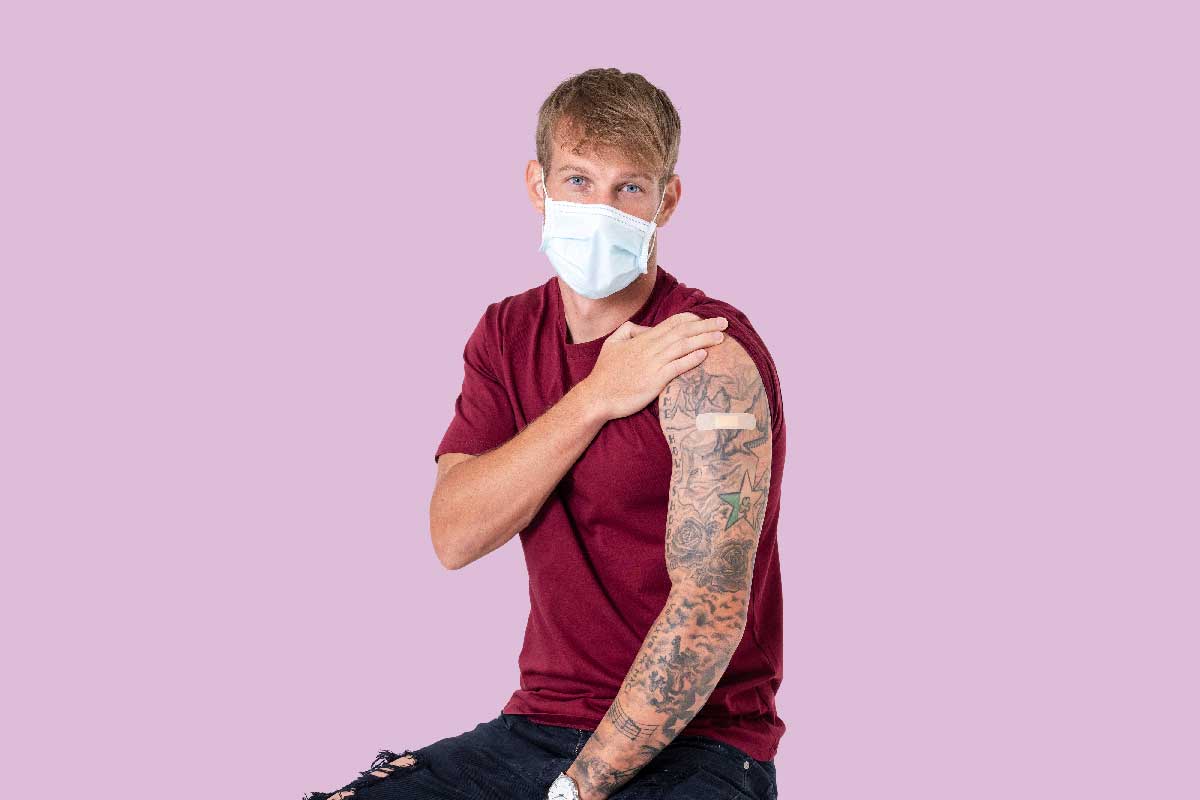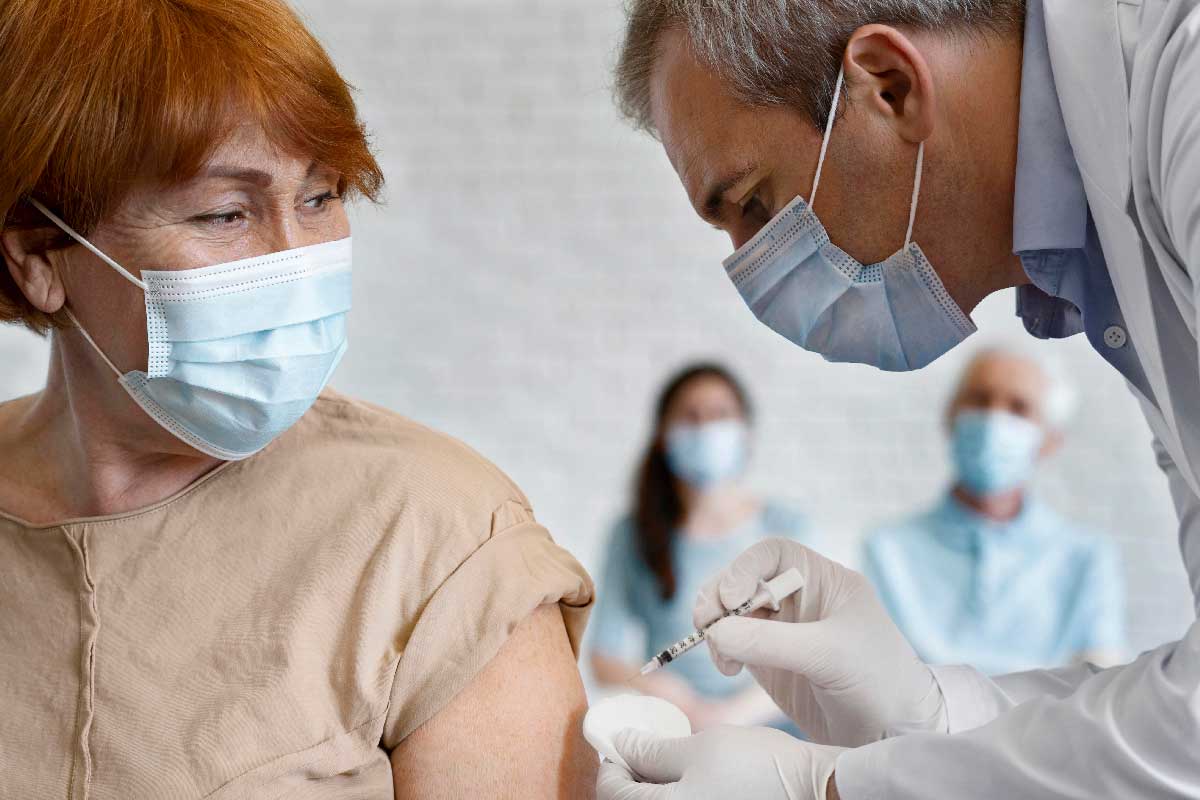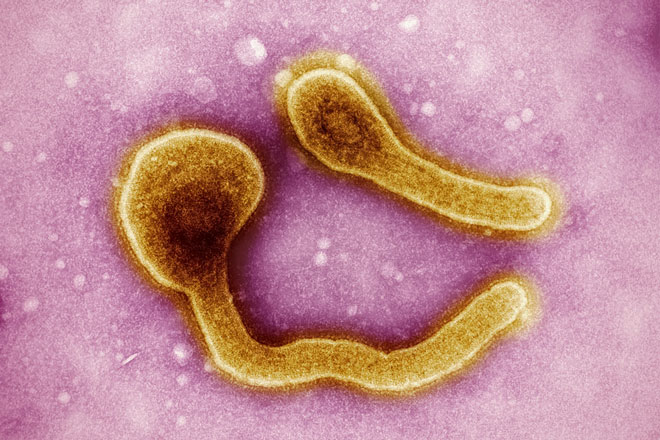Why kids in low-income countries could face a higher risk of dying of COVID-19
Children are increasingly falling sick worldwide, but existing poor health and inadequate access to health care means the most vulnerable kids are most at risk.
- 26 August 2021
- 4 min read
- by Priya Joi
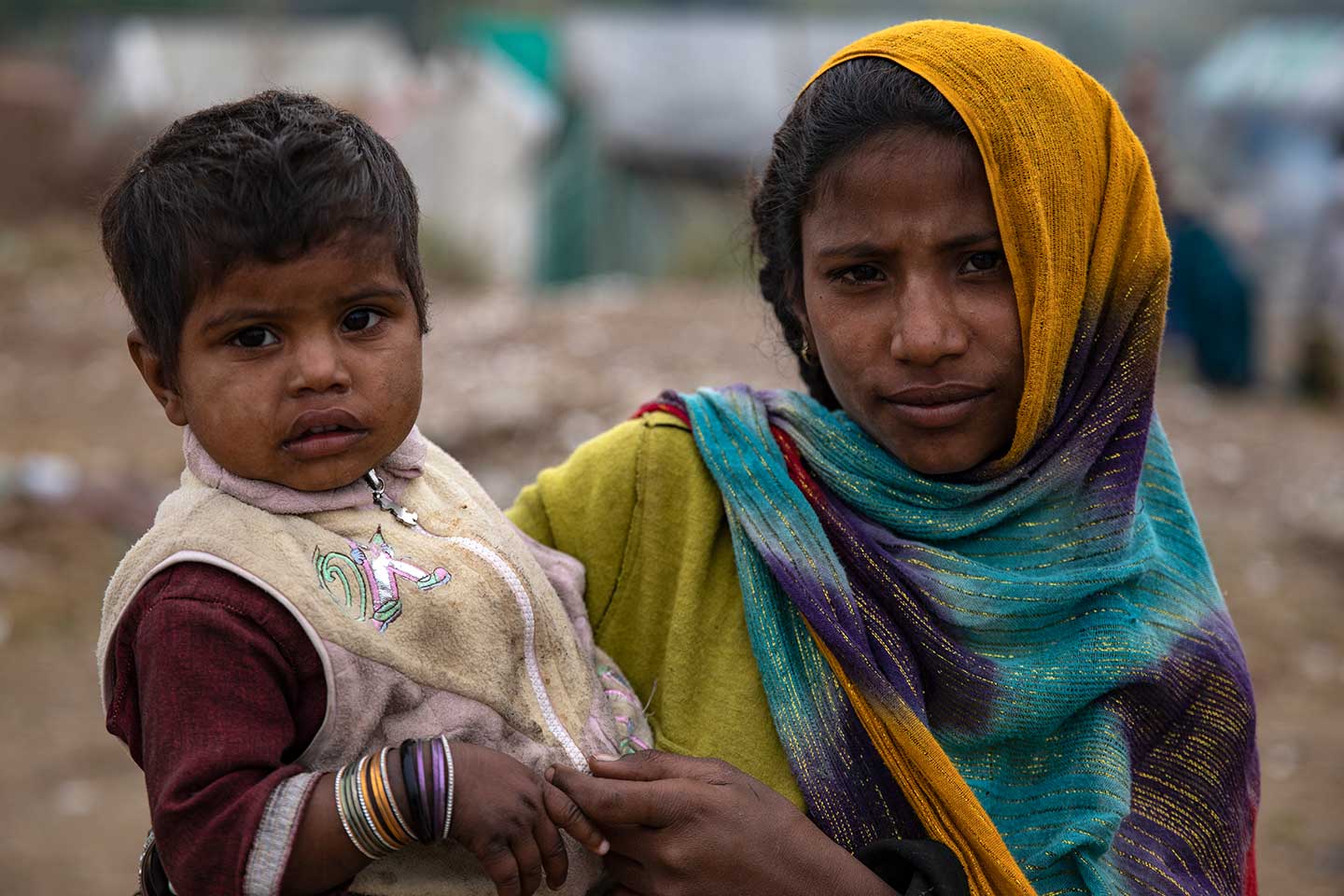
As the pandemic continues, growing numbers of children around the world are falling sick with COVID-19 – in both wealthy and low-income countries. Rising cases are partly attributable to new variants of the virus, but other factors are also coming in to play.
More kids are being hospitalised
The USA has seen a surge in cases of children falling sick and being hospitalised with COVID-19, possibly as a result of schools starting in-person learning again, say experts. As school openings coincided with the extremely contagious Delta variant taking hold, COVID-19 has spread rapidly in children who had not been as susceptible to the original strain of the virus.
In addition, masks are not mandatory in many public places in the USA, including indoors if people have been vaccinated, which can make it even easier for the COVID-19 virus to spread.
By May 2021, COVID-19 in children was becoming of serious concern and children in Brazil were suffering from multisystem inflammatory syndrome (MIS-C), an extreme condition in which organs such as the heart, lungs, kidneys and brain can become inflamed. At the time, Brazilian children had higher rates of MIS-C than the US, but the US Centers for Disease Control and Prevention (CDC) has been tracking the condition and has found it steadily rising in US kids: around 4,500 children have developed MIS-C since May this year.
Middle-income countries are worst-hit
But as with COVID-19 in adults, circumstances can greatly affect the outcome. Many children in lower-income countries already have weak immune systems frommalnutrition or infectious diseases such as TB. Though the risks of COVID-19 to children remain significantly smaller than adults, an increasing number of children being infected and a lack of access to diagnosis and treatment is leading to increased rates of COVID-19 in children in countries like Indonesia, where one in 88 COVID-19 deaths has been a child compared with one in every 1500 in the USA and Europe.
Have you read?
A panel set up by the Indian government has this week warned that a third wave is looming in India, with a concern that kids may be more affected than in previous waves. The panel’s report stresses that there is no conclusive evidence yet to believe that children may be more severely hit by COVID-19 this time around, but the concern rests on warning signs from other countries along with the fact that a relatively small proportion of the country is vaccinated, which allows the virus to continue to circulate and mutate. As of now, only 13% of India’s population has been vaccinated, despite a devastating second wave earlier in the year.
Kids won’t see vaccines for months yet – but maybe they don’t need to
Although the US Food and Drug Administration (FDA) has just approved the Pfizer-BioNTech COVID-19 vaccine for children over 12 years, under-12s are not likely to see a vaccine for many months to come as young children cannot be given the same dose of vaccine and more research is needed to see what would be appropriate.
It’s important to note that in many low and middle income countries, the most vulnerable – who remain the elderly and healthcare workers – have not had access to COVID-19 vaccines that they desperately need. Despite concerns of COVID-19 in children, older people are unequivocally at higher risk of death from the disease and must be prioritised in the queue for vaccination.
In addition, as Dr Francis Collins, director of the National Institutes of Health (NIH) pointed out,even in the absence of a vaccine for schoolchildren, wearing masks would go a long way to stop the spread of the virus – yet several states such as Texas, Florida and Arizona have banned school districts from mandating mask-wearing.
Collins said: “If you want to avoid having that outbreak that's going to send all the kids home again, you should be doing everything to avoid that. And that means wearing masks. And by the way, if somebody tries to tell you we don't really have scientific evidence to say that masks reduce infection in schools, that's just not true. There are dozens of publications, both from the U.S. and other countries, to show that's the case.”
More from Priya Joi
Recommended for you





